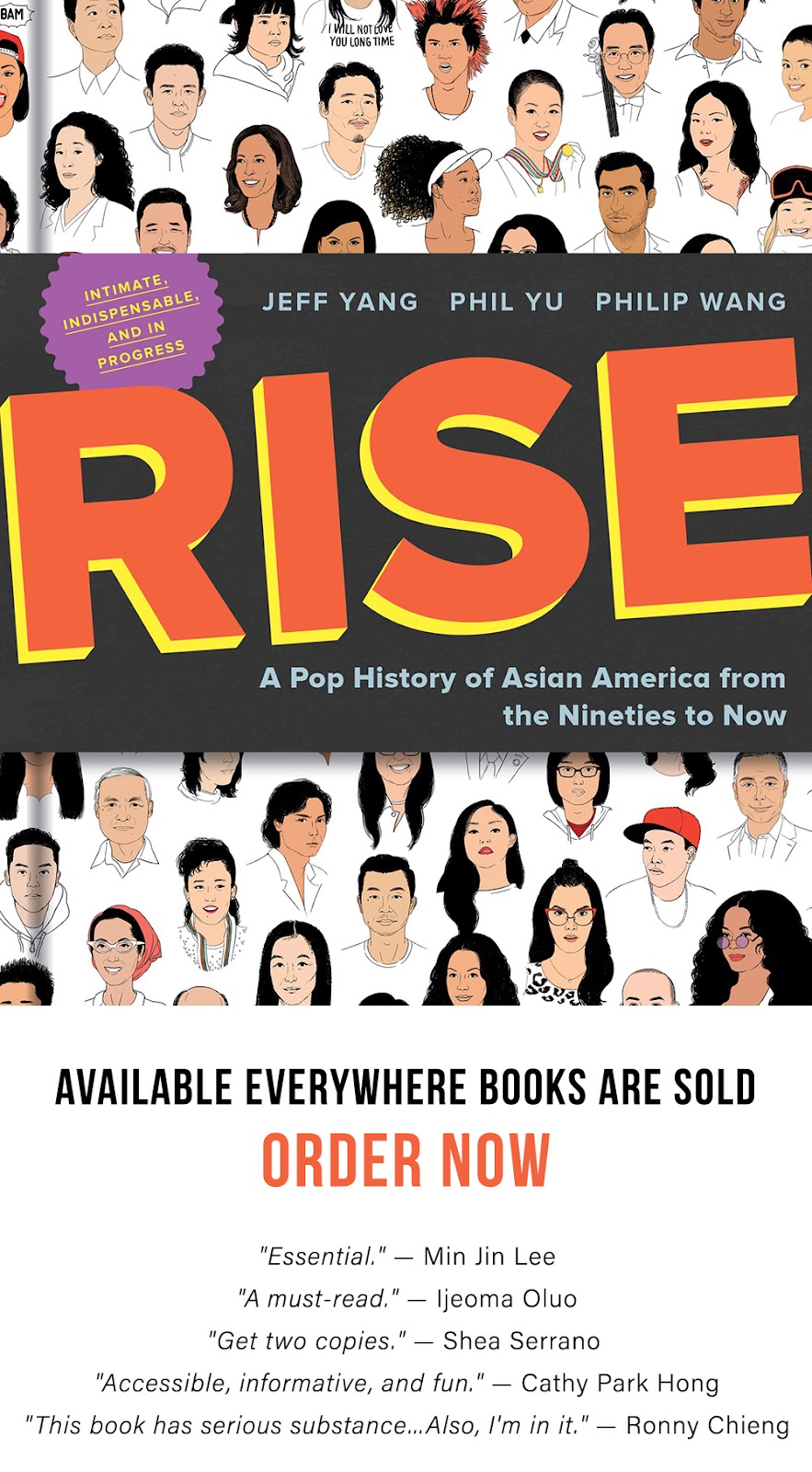For the uninformed, there is help. Over at Change.org, Jenn Fang has compiled a handy list of 10 Facts You May Not Know About Asian-American History. Did you know:
1). The first Asians whose arrival in America was documented were Filipinos who escaped a Spanish galleon in 1763. They formed the first Asian-American settlement in U.S. history, in the swamps surrounding modern-day New Orleans.Very informative. You can read the rest of the facts here. Now that you know all this stuff, you can impress your friends at parties. And spread the knowledge. Why limit Asian American history and heritage to just one month?
2). In the years between 1917 and 1965, Uncle Sam explicitly outlawed immigration to the U.S. of all Asian people. Immigration from China, for example, was banned as early as 1882, when the Chinese Exclusion Act was passed. It wasn't until the Immigration Act of 1965 - which abolished national origins as a basis for immigration decisions - that nearly 50 years of race-based discrimination against Asian immigrants ended.
3). Because of their race, Asians immigrants were denied the right to naturalize as U.S. citizens, until the 1943 Magnuson Act was passed. Consequently, for nearly a century of U.S. history, Asians were barred from owning land and testifying in court by laws that specifically targeted "aliens ineligible to citizenship." Even after the passage of the Fourteenth Amendment in 1868, American-born children of Chinese immigrants were not regarded as American citizens until the landmark 1898 Supreme Court case, United States v. Wong Kim Ark, which established that the Fourteen Amendment also applied to people of Asian descent.
4). Among the earliest Asian immigrants, virtually all ethnicities worked together as physical laborers, particularly on Hawaii's sugar cane plantations. On these plantations, a unique hybrid language - pidgin - developed that contained elements of Chinese, Japanese, Filipino, Korean and English. Today, pidgin is one of the official languages of Hawaii, a state that is itself 40% Asian.
5). Despite the Alien Land Law, which specifically prevented Asians from owning their own land, Japanese farmers were highly successful in the West Coast where they put into practice their knowledge of cultivating nutrient-poor soil to yield profitable harvests. By the 1920s, Japanese farmers (working their own land, or land held by white landowners that they managed) were the chief agricultural producers of many West Coast crops. In fact, the success of Japanese farmers is often cited as one of the reasons white landowners in California lobbied to support Japanese-American internment following the declaration of World War II.
